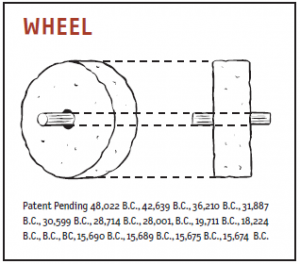Simple principles to guide you through ‘harmless’ web design.
The basic, the first and the last rule is:
Keep it Simple!
1.Make clear to your visitors what it’s all about, what’s this web site’s purpose.
Create a ‘simple’, layout with clearly defined areas for your Site’s pages and make sure that there is, for example, a short description near your company’s logo or at the start of your home page that describes the reason of this site’s existence so anyone can understand it. If people can’t understand almost immediately why they are there don’t expect them to stay long or visit your site again.
2.Remove all visual “obstacles”.
Remove anything of little importance that can distract your visitor’s attention, such as tons of banners and ads across the page, along with a couple of image rotators that you added because you thought it was fun. That is a reason, you know, that almost always makes people feel frustrating because of not knowing where to start. Instead try to make clear what a user can ‘click on’ – more specifically try to make all links and buttons of your page obvious to the user.
3.Don’t hesitate to use something that worked in the past.
Your main purpose is to make your website functional and easy-to-use and there are always a couple of known ways to make things happen. These are called ‘standards’ or conventions, things that are already tested and we know they work.
Now, a lot of people may have a great new idea of how a thing could be done differently, and that’s OK, BUT be carefull, because this new ‘bright’ idea of yours may be the end of an initially good project. Before you try to use it, saw your idea to a number of people and check their reactions. After that, base your decision on the people’s reactions, but don’t try to create something new just because you think you have to.A lot of people think that because they are hired to make a website they must bring evolution to the way of websites ‘work’ but they end up destroying the whole project.
Krug Steve, in his book “Don’t Make Me Think – A Common Sense Approach To Web Usability” has a great saying for the use of conventions:
“Sometimes time spent reinventing the wheel results in a revolutionary new rolling device. But sometimes it just amounts to time spent reinventing the wheel.. Innovate when you know you have a better idea (and everyone you show it to says “Wow!”), but take advantage of conventions when you don’t.”




